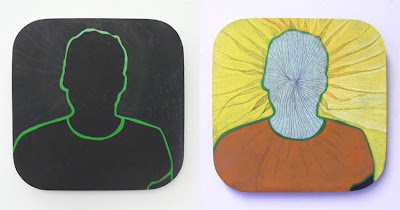
When Faith Moves Mountains Francis Alys
Everything emanates from some kind of story or another; whether from real life (loaded with empirical data and academic framing) or made up (entirely subjective and emotional). I’ve always embraced narrative in my work, partly because formal art language has always been rather alien. Consequentially earlier work didn’t operate within formal parameters; it was more politically motivated and focused on the efficacy of the art object in society.
Thinking about made up narratives… a visit to the Tate reminded me of an artwork I came across some years ago in an art journal or catalogue somewhere. An aspect of the piece depended on the verbal and anecdotal, to create a modern myth. I always loved the idea of ‘When faith moves mountains’, it reminds me of a piece of mine that no one saw in the flesh. It was an important piece, so I would always include it in talks about my work. Then at some point I started to become aware of the fiction that could be constructed around it.

Backpack and accessory for walk along Oxford Canal 1999-01
Although I’m striving towards a more intuitive process, I feel I can’t avoid the narrative, every time I try to condense it conceptually into paragraph, it never really seems to fit for too long. But coming back to that word – liminality… is it a state or episodic? The anthropological route indicates the latter, but I came across a very interesting essay that would support the idea of liminality as a state of being. I can’t make up my mind about it – the answer may end it all too quickly... so I’m floating – artistically, conceptually and professionally that’s the real story. I’m thinking that being relaxed about the meaning will bring more possibilities.
There will always be a story…
“Liminality may perhaps be regarded as the Nay to all positive structural assertions, but as in some sense the source of them all, and, more than that, as a realm of pure possibility whence novel configurations of ideas and relations may arise” Victor Turner 1967



















































